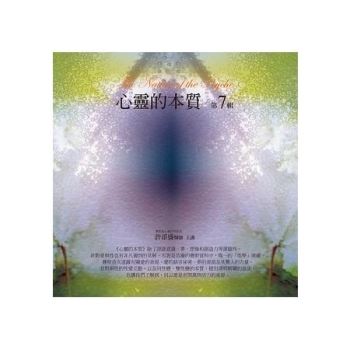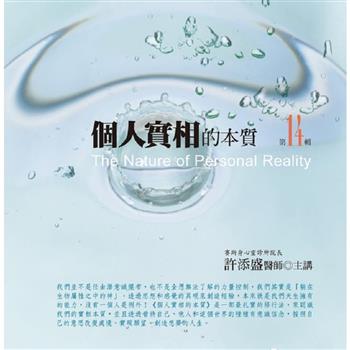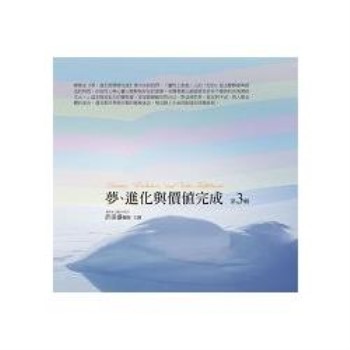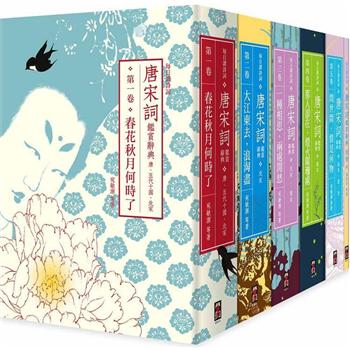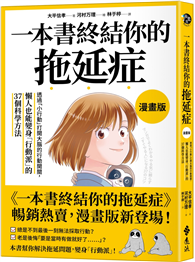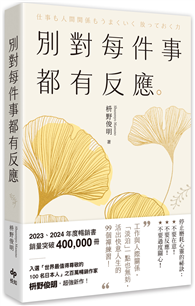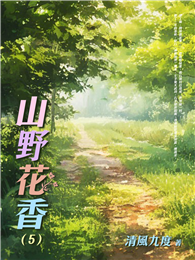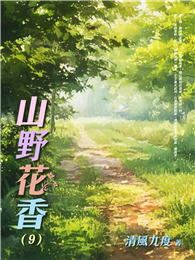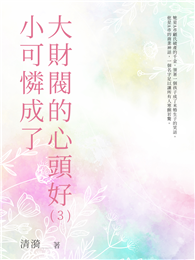名人推薦:
◎A Multiplicity of Experience
With professional commitments in Taipei and a family in State College, Pennsylvania, Ben Yu maintains residences in both countries. His large-scale color photographs, from the series entitled The Puppet Bridegroom, relate broadly to the complexities that arise from living in two different cultures.
A hand puppet dressed in traditional Chinese bridegroom's clothing is the central motif of his work. The puppet is photographed at places Ben believes embody American culture, such as a brewery, a suburban housing development, and a monumental roadside crucifix. Inspired partly by conceptual artist Eleanor Antin's postcard series 100 Boots (1971-73), in which she photographed one-hundred empty rubber boots at various locations as they traveled across the United States and ultimately landed in the Museum of Modern Art, the nomadic puppet wanders from place to place, dwarfed by the enormity of the American landscape. With an admirable consistency of vision, Ben mindfully considers the land, signs, highways, buildings and shops, and, with even more awareness, color. Vibrant greens, reds, and yellows abound in the images, shaping the commonplace into the exceptional.
Ben attended graduate school at the height of Post-modernism, during the mid-1980s when theorists proclaimed that "'reality' as a consequence could be understood as socially constructed" (Madeleine Grynsztejn, Carnegie International 99/ 00: VO, p. 116). The ubiquitous nature of photography led to a critique of representation by many artists at this time, and Ben was no exception. Photographs, for all their perceived "truthfulness," are fiction because they are disconnected from the time continuum of reality. Like much of the artwork created during this period, Ben's photography rests between the real and its referent, reflecting a belief in the authenticity of the puppet as it assumes life-like gestures and positions at odds with its surroundings. Indeed, he has transferred his persona onto the puppet with an ambivalence arising from foreign status, albeit compromised by marriage to an American. In each of the images cultural contradictions exist between fiction and documentary, and fabrication and nature.
His decision to insert the puppet into the landscape creates a complex reading culturally and formally. Bridegroom translates from Mandarin as new person, and Ben's work comments on the challenges of living in a foreign land where one is perpetually "new" and never fully assimilated. Creating compositions that at times fluctuate between what is perceived as real and what has been manipulated by the photographer, the distance between photographic representation and reality is deliberately confused within the frame. The puppet's placement acts as a barrier forcing a confrontation prior to entering the scene. Frequently, it is positioned at critical intersections such as a bend in the road, or an entrance way, furthering an outward visual push toward the exterior of the print. In Boalsburg (2001), for example, the puppet stands in a stark wooded environment defiantly dressed in brilliant red clothing. The few wooded forests that remain on the island of Taiwan are now protected as national parks, whereas much of Taiwan's natural beauty has succumbed to housing because of rapid population growth, limited space, and a shift from an agricultural society to one based in technology. By isolating cultural experience and association, Boalsburg is emblematic of Ben's ambivalence toward America.
To assert that Ben documents icons of middle-class American culture is far too simplistic. By utilizing popular forms of photography such as the snapshot and vacation pictures, he notices the unnoticeable, seeing details and configurations of signs, colors, and shapes that inhabitants may not, while looking for minute details of the American scene. Trailer parks, a soccer game, cornfields, and drive-ins are associated strongly with American culture but also beg the question "Are the places he chooses to photograph representative of American culture? And if so, whose?" Do the images belong to an African American culture, an Hispanic culture, and an Asian American culture equally along with the majority? Do images of Pennsylvania resonate with Southern culture or that of the Western states? The photographs hang silently, offering no answers only a glimpse into the eyes of the other.
Interpreting content is complicated further by the many years I lived as a foreigner in Taipei. After returning home and having to reexamine the familiar along with a multiplicity of experiences associated with re-entering society, Ben's photographs of Pennsylvania evoked a doubling of cultural associations for me. He was portraying American culture from the perspective of an outsider augmented by our relationship. Images depicting a row of storage sheds, a stone house with beautiful flower gardens in an affluent neighborhood, school busses parked for the summer, and an empty baseball field all quietly disclose a society of abundance and excess. Viewed as a series, the photographs are reminiscent of a desire I had as a photographer in Taiwan to seek out familiar spaces in the unfamiliar. Ultimately, our individual efforts to photographically scrutinize the middle classes of American and Taiwanese societies had become metaphors for personal identity and cultural alienation. As Italo Calvino writes, an image may appear "like a sheet of paper, with a figure on either side, which can neither be separated nor look at each other." Italo Calvino, Invisible Cities, p.105).
In his mature work that encompasses three photographic series - Between Real and Unreal (1986 ~), French Chair in Taiwan (1997-1999), and The Puppet Bridegroom (1999-2002), Ben has created a strong sense of the essential textures and character of place, whether in Taiwan or the United States. Without satire or idealism, the images that comprise The Puppet Bridegroom, in particular, delineate the myth of America, imagined by both natives and foreigners, of self-expression, ownership, reinvention, and limitless opportunity. The work speaks to a universality of experience beyond personal references, and further illustrates the changing face of contemporary American society.
Karen Serago
September 2002

